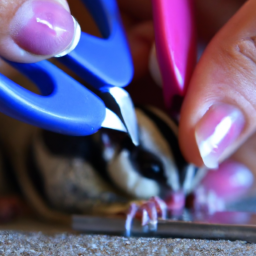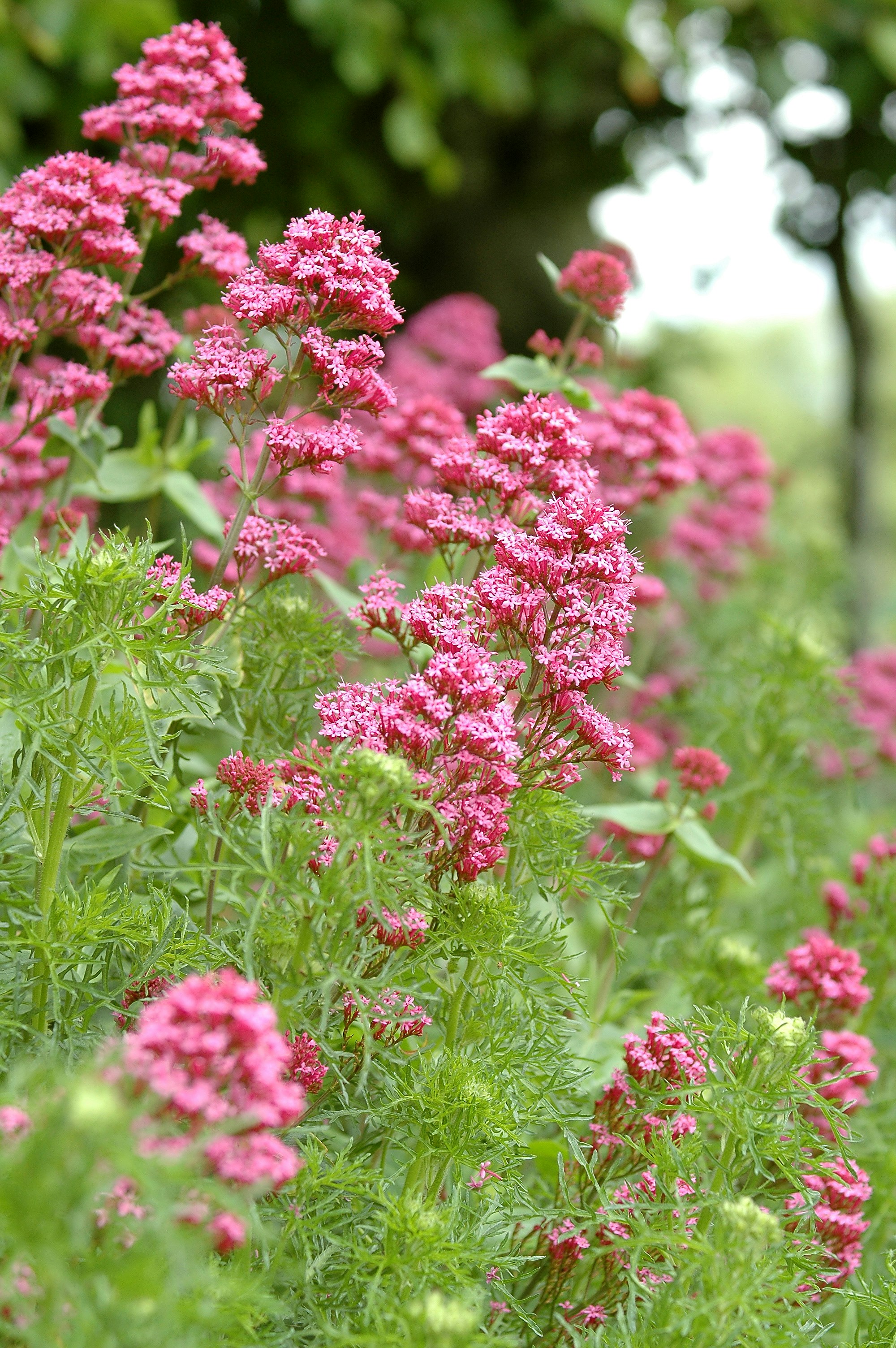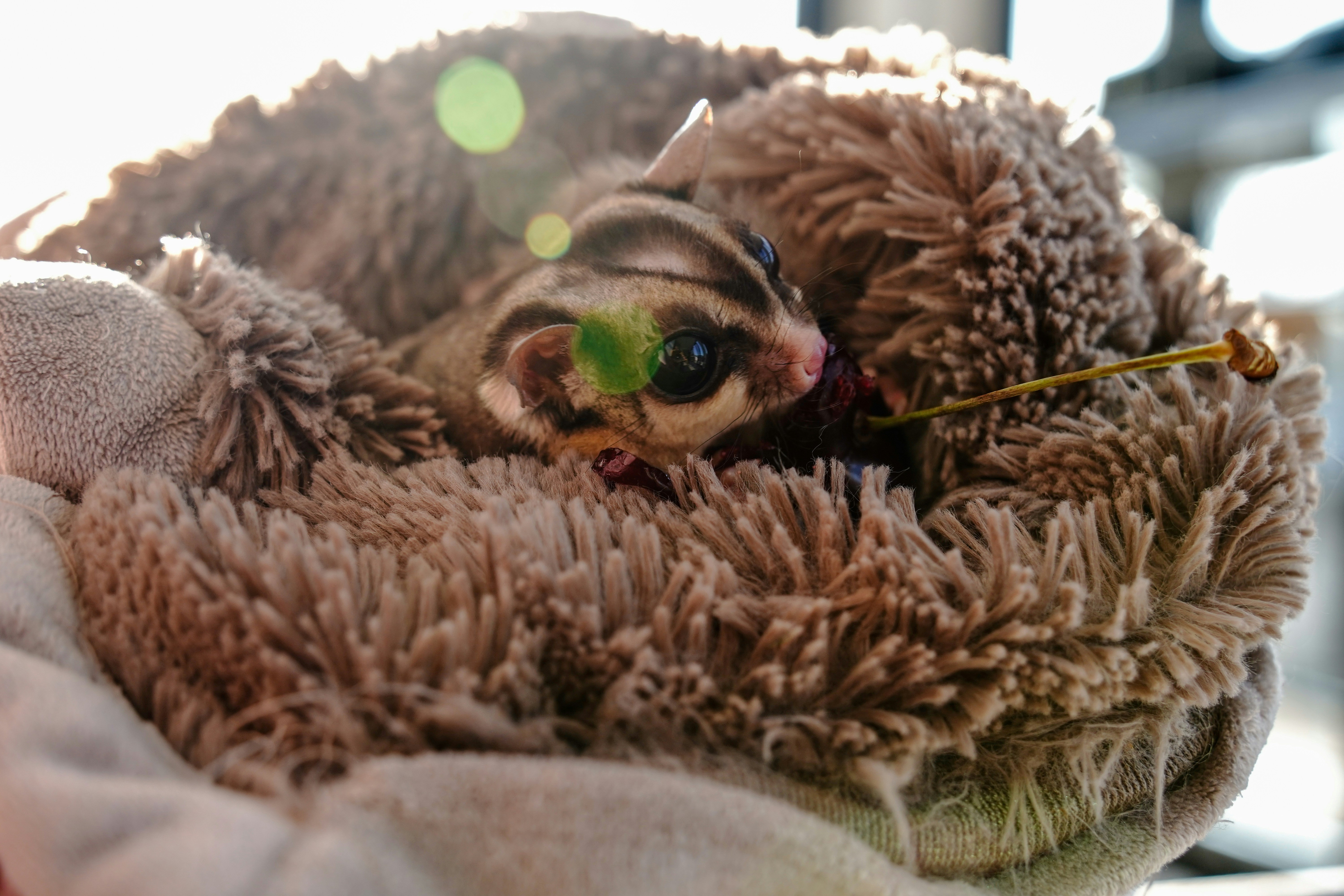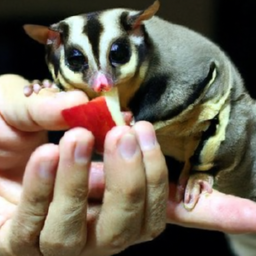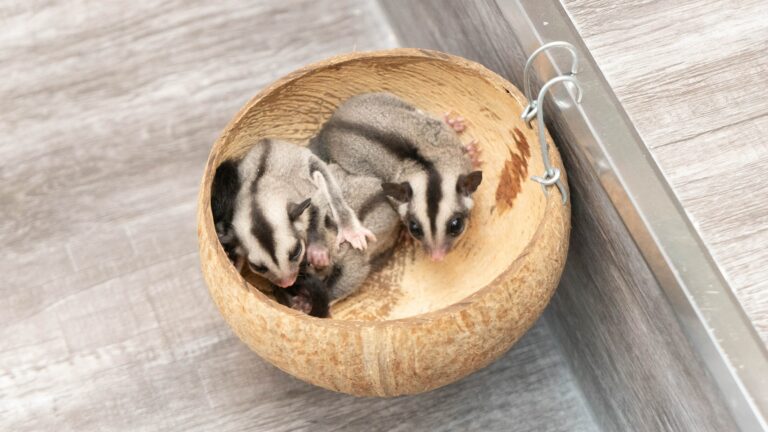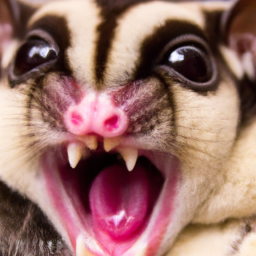How Often To Trim Sugar Glider Nails
In this article, you will learn all about how often you should trim your sugar glider’s nails. We understand that keeping your furry friend’s nails at an appropriate length can be a bit tricky, but with the right knowledge, you can ensure their nails are kept neat and healthy. Whether you’re a new sugar glider owner or looking for a refresher, we’ve got you covered!
Trimming your sugar glider’s nails is an essential part of their grooming routine. Not only does it prevent their nails from becoming too long and sharp, but it also helps maintain their overall health. Regular nail trims can prevent painful accidents and injuries, such as broken nails or snagging on fabric. By following our guidelines on how often to trim your sugar glider’s nails, you’ll keep them comfortable and happy while also avoiding potential problems.
Understanding Sugar Glider Nails
The Importance of Maintaining Nail Health
Keeping your sugar glider’s nails in good condition is essential for their overall health and well-being. Neglecting nail maintenance can lead to various physical and behavioral issues in these adorable little creatures. In this article, we will explore the factors affecting nail growth, how to observe and determine the appropriate frequency for trimming, the procedure for trimming sugar glider nails, alternative methods to traditional trimming, behavioral adaptation, and the overall importance of regular nail maintenance.
Physical and Behavioral Implications of Untreated Nails
Neglected sugar glider nails can cause various physical problems. Overgrown nails can curl, making it difficult for these small marsupials to climb or glide properly. They may experience discomfort or even pain when walking or using their paws. Additionally, untreated nails can lead to injuries, as long nails are more prone to getting caught on surfaces, causing them to break or tear.
Untreated nails not only pose physical challenges but also affect sugar glider behavior. Overgrown nails can result in decreased activity levels as they may be hesitant to climb or jump, leading to reduced exercise and potential weight gain. Furthermore, long nails can cause stress and anxiety in sugar gliders, making them more prone to self-harm or aggressive behaviors.
Factors Affecting Nail Growth
Natural Nail Growth Rate
Sugar gliders’ nail growth rate varies from individual to individual. While some may require regular trimming every few weeks, others may naturally wear down their nails and may need trimming less frequently. Understanding the natural nail growth rate of your sugar glider is crucial in determining the appropriate trimming schedule.
Substrate and Habitat Composition
The type of substrate and habitat your sugar glider is exposed to can greatly impact nail growth. Rough surfaces, such as tree bark or branches, can naturally wear down nails, resulting in slower growth. On the other hand, smooth surfaces, like a wire cage or plastic toys, may not provide enough friction for nails to wear down naturally, leading to faster nail growth.
Dietary Influence on Nail Growth
Nutrition plays a vital role in the overall health of your sugar glider, including nail growth. A well-balanced diet consisting of fresh fruits, vegetables, and a high-quality pellet or glider-specific diet promotes healthy nail growth. A lack of essential nutrients can result in weakened nails that are more prone to breakage or overgrowth.
Observing Nail Length and Condition
Regular Visual Inspections
Performing regular visual inspections is crucial in determining the appropriate time for a nail trim. Take the time to examine your sugar glider’s nails closely, observing their length and condition. This practice will help you familiarize yourself with their natural nail growth rate and identify any potential issues.
Noticing Signs of Overgrown Nails
Signs of overgrown nails include nails that curve or appear excessively long. Pay attention to any changes in your sugar glider’s ability to climb or glide smoothly, as this may indicate the need for a trim. Additionally, if your sugar glider is displaying signs of discomfort or pain when walking, it could be a sign of overgrown nails.
Examining Nail Quality
Aside from length, the quality of your sugar glider’s nails is just as important. Healthy nails should be smooth, without cracks or splits. If you notice any abnormalities or signs of damage, it is crucial to address them promptly to prevent further complications.
Trimming Techniques for Sugar Glider Nails
Consulting a Veterinarian or Experienced Handler
If you’re unsure about how to trim your sugar glider’s nails, it is always advisable to seek guidance from a veterinarian experienced in exotic animal care or a knowledgeable sugar glider handler. They can provide you with proper techniques, tips, and tricks to ensure a safe and effective nail-trimming process.
Understanding Nail Anatomy
Before attempting to trim your sugar glider’s nails, it’s important to familiarize yourself with their nail anatomy. Sugar glider nails consist of a quick, which contains blood vessels and nerves, and a harder outer shell. Trimming too close to the quick can cause bleeding and pain, so it’s essential to exercise caution and avoid cutting into it.
Choosing the Right Nail Trimming Tools
Investing in the right tools for nail trimming is crucial for both the safety of your sugar glider and the effectiveness of the trimming process. Opt for small, sharp nail clippers or specialized nail trimmers designed for small animals. Avoid using human nail clippers or scissors, as they may cause more harm than good.
Ensuring Proper Restraint and Safety
Sugar gliders are delicate animals, and they may become stressed or agitated during the nail trimming process. To ensure their safety and minimize potential injuries, it’s essential to practice proper restraint techniques. Gently hold your sugar glider’s paw, providing enough support and stability while avoiding excessive pressure.
Determining the Appropriate Frequency
Understanding Individual Variations
As mentioned earlier, every sugar glider is unique, and their nail growth rate may vary. It’s essential to understand and respect these individual differences when determining the appropriate frequency for nail trimming. Regular observation and monitoring will help you establish an ideal schedule tailored to your sugar glider’s needs.
Monitoring Nail Growth
Consistently monitoring your sugar glider’s nail growth will give you valuable insights into their natural wearing process. Keep track of how quickly their nails grow and how often they require trimming. This data will enable you to create a personalized nail maintenance plan that promotes optimal nail health.
Incorporating Nail Trimming into Routine Care
To ensure regular nail maintenance, it’s recommended to incorporate nail trimming into your sugar glider’s routine care. Consider scheduling regular nail trims along with other grooming activities, such as bathing or fur brushing. By merging these tasks, you can streamline the overall care process and prevent nail neglect.
Recommended Nail Trimming Schedule
General Guidelines for Healthy Nails
As a general guideline, most sugar gliders benefit from nail trimming every four to six weeks. However, it’s important to emphasize the importance of individual variations. Some gliders may require more frequent trims, while others may need less frequent attention. Remember to prioritize the wellness of your sugar glider and make adjustments accordingly.
Factors Influencing Nail Growth Rate
Factors such as diet, habitat, activity levels, and genetics can influence how quickly sugar glider nails grow. Sugar gliders that consume a diet rich in essential nutrients, live in environments with varied textures, engage in regular physical activity, and have slower natural growth rates may require less frequent trimming.
Tailoring Trimming Frequency to Individual Needs
By taking into account the unique combination of factors affecting your sugar glider’s nail growth rate, you can determine the appropriate frequency for nail trimming. Regular observation and monitoring will allow you to identify any changes in their nail length and make necessary adjustments to the trimming schedule.
The Procedure of Trimming Sugar Glider Nails
Step-by-Step Process
When you’re ready to trim your sugar glider’s nails, follow these step-by-step instructions for a safe and effective procedure:
- Choose a quiet and well-lit area for the nail trimming session.
- Gently hold your sugar glider’s paw, providing support and stability.
- Carefully position the clippers around the tip of the nail, ensuring you avoid cutting too close to the quick.
- Trim a small portion of the nail at a time, slowly working your way towards the desired length.
- Take breaks if needed, allowing your sugar glider to relax and readjust.
- Reward your sugar glider with a small treat or praise after the nail trimming session.
Applying Caution and Patience
During the nail trimming process, it’s crucial to approach each nail with caution and patience. If you’re unsure about how much to trim, it’s always better to err on the side of caution and trim less rather than risking cutting into the quick. Remember, it takes time and practice to become confident in trimming your sugar glider’s nails.
Addressing Potential Challenges
Trimming sugar glider nails can sometimes pose challenges, especially if your glider is particularly anxious or uncooperative. In such cases, it may be helpful to have an extra pair of hands to assist with safely restraining your sugar glider. If needed, consult with a professional or experienced sugar glider owner for guidance.
Post-Trim Nail Care
After completing the nail trimming process, take a moment to check for any bleeding or discomfort. Applying a styptic powder or cornstarch can help stop any potential bleeding. Additionally, monitor your sugar glider’s behavior and provide extra care and attention during the post-trim period to ensure they feel safe and secure.
Alternatives to Traditional Nail Trimming
Providing Appropriate Nail Environments
Creating an environment that supports natural nail wear can be an effective alternative to regular trimming. Ensure your sugar glider’s enclosure includes rough surfaces such as branches, tree bark, or natural wood toys. These surfaces offer friction and can help naturally wear down nails, reducing the need for frequent trims.
Using Rough Surfaces and Toys
To promote natural nail wearing, provide your sugar glider with toys and accessories made from rough materials. Rope perches, natural wood chew toys, and sisal ropes are great options to help maintain healthy nail length. The constant friction created by these rough surfaces can naturally wear down their nails.
Evaluating the Natural Wearing Process
Regularly assess the effectiveness of the natural wearing process on your sugar glider’s nails. If you notice that their nails are maintaining a healthy and appropriate length solely through natural wear, you may be able to adjust the frequency of traditional nail trims. However, remember to continue monitoring their nail health to ensure it remains optimal.
Behavioral Adaptation to Nail Trimming
Positive Reinforcement Techniques
To promote positive associations with nail trimming, incorporate positive reinforcement techniques into the process. Offer treats, praise, or rewards during and after the trimming session. Over time, your sugar glider will learn to associate nail trimming with positive experiences, making the process easier and less stressful for both of you.
Gradual Acclimation to the Process
If your sugar glider is new to nail trimming or exhibits anxiety or fear, gradually acclimate them to the process. Begin by simply touching and holding their paws, rewarding them for calm behavior. Gradually progress to gently pressing their nails without actually trimming them. This step-by-step approach will help your sugar glider become more comfortable with the process.
Promoting Trust and Co-operation
Building trust and a positive bond with your sugar glider is essential for successful nail trimming. Spend quality time with your glider outside of trimming sessions, engaging in activities they enjoy. By nurturing a trusting relationship, your sugar glider will be more likely to cooperate during nail trims, resulting in a smoother and less stressful experience for both of you.
How can long nails affect a sugar glider’s ability to move and find its way around?
Long nails on a sugar glider can hinder its ability to move and explore, leading to a lost sugar glider in house. The length of the nails can make it difficult for them to grip and climb onto surfaces, impacting their balance and navigation skills. Regular nail trimming is crucial for their mobility and safety.
Is Trimming My Sugar Glider’s Nails Important for Preventing Them from Getting Lost in the House?
Yes, keeping your sugar glider’s nails trimmed is crucial for preventing a lost sugar glider in the house. Long nails can get caught in fabric or carpet, leading to potential escapes. Regular nail trimming will keep your sugar glider safe and secure in their living space.
Conclusion
Prioritizing regular nail maintenance is crucial in ensuring the overall health and well-being of your sugar glider. By understanding the importance of maintaining nail health, observing nail length and condition, and implementing appropriate trimming techniques, you can help prevent physical discomfort and safeguard against behavioral issues.
Determining the appropriate frequency for nail trimming requires a careful assessment of individual variations and consistent monitoring of nail growth. Remember to tailor the trimming schedule to your sugar glider’s unique needs and make adjustments as necessary.
While traditional nail trimming is a commonly practiced method, alternative techniques such as providing appropriate nail environments and using rough surfaces and toys can assist in maintaining healthy nail length naturally.
Lastly, fostering positive associations, gradual acclimation, and trust-building techniques make the nail trimming process less stressful and more enjoyable for your sugar glider. By following these guidelines and incorporating regular nail maintenance into their routine care, you are supporting their overall health and ensuring a happy and comfortable life for your sugar glider companion.
